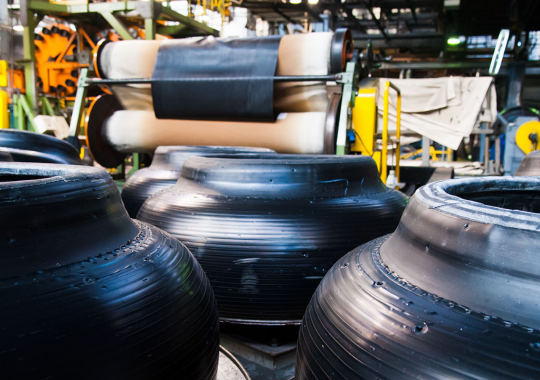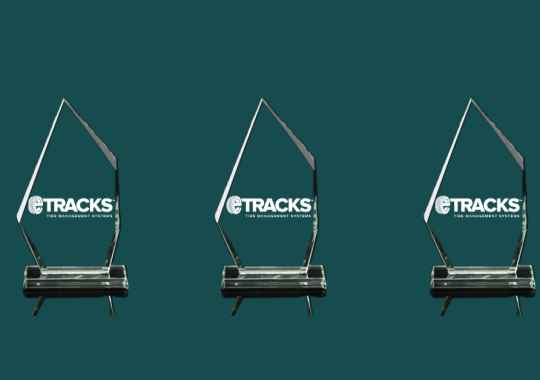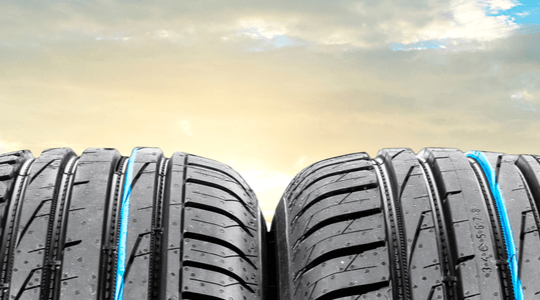Blogs

September 15, 2022
How Tires are Made
How Tires are Made: Blending chemistry, physics & engineering to make and recycle tires
Ever wonder how your car tires were made? The basic steps of tire manufacturing start with intensive planning and design to customize each tire model to meet the stresses and performance requirements to match a particular vehicle. The production process begins with the selection of several types of rubber along with special oils, carbon black, pigments, antioxidants, silica, and other additives that are combined to provide the exact characteristics for each class of tire. The assembly of the tire includes an inner liner, body plies and belts, bronze coated steel wire strands, and finally, tread and sidewalls. After being pressed together, the end result is called a “green” or uncured tire.
In the last step the green tire is placed inside a mold and inflated so it forms to the tread. Then it is heated to more than 300 degrees Fahrenheit for twelve to fifteen minutes, vulcanizing it to bond the components and cure the rubber. Tires are then inspected, and sample tires are randomly tested, x-rayed, cut apart to look for flaws, run on test wheels, or road-tested to evaluate handling, mileage and traction performance.
Read more

August 16, 2022
What is natural rubber and why should we care?
What is natural rubber and why should we care? The future of rubber and the case for innovation in the tire industry.
The Individual Producer Responsibility (IPR) model used in Ontario is intended, among other things, to spur innovation at the manufacturing level, to drive innovation that reduces waste, and increase the recyclability and re-useability of the products we use in our homes and businesses. The tire industry is embracing this need in several ways, including, the exploration of new tire material options, developing more efficient tires and of course, ensuring that tires are responsibly recycled and repurposed into new products.
To examine this, let’s begin and the beginning. Imagine a world without rubber, without tires, where planes couldn’t land, and cars couldn’t drive…What would happen? Let’s start by exploring the intriguing history of rubber, its contribution to the tire industry, and the inevitable transformation and innovation that is occurring on account of its finite supply.
Read more

May 25, 2022
2021 Service Award Winners
eTracks Tire Management Systems recently presented it’s 2021 “Awards of Excellence” to seven service provider companies that demonstrated strong partnerships, business excellence and integrity as we navigated another successful year of tire recycling under the Ontario tire regulation and Individual Producer Responsibility (IPR) model.
Here we spotlight each of these recipients in recognition of their valuable role in helping us build a sustainable tire recycling system in the province of Ontario.
2021 Award Winners
Those honoured were:
Award of Excellence, Hauler of the Year, William Day
Award of Excellence, Processor of the Year Lottridge Retread
Award of Excellence, Hauling – Peninsula Tire Exports Recycling
Award of Excellence, Hauling – Micor Recycling LTD
Award of Excellence, Hauling – R&E Tire
Award of Excellence, Hauling – All Ontario Recycling
Award of Excellence, Processor
Read more

April 18, 2022
Welcome to the eTracks Blog
We’ll be sharing end-of-life tire and recycling industry insights and what we’ve learned since 2019 as one of the largest tire PRO’s in Ontario.
Some of the themes we’ll be talking about in the coming months include:
1. What Happens to Used Tires?
According to a 2020 survey conducted on behalf of eTracks, only 37% of Ontario consumers are aware that their used tires are recycled into new products.
2. Change is Constant
Change continues to be par for the course as Ontario adapts to the Resource Recovery and Circular Economy Act (RRCEA) and Individual Producer Responsibility (IPR). What innovations might shape the next few years?
3. Data is King
A key driver of our success as a Producer Responsibility Organization (PRO) is accurate data; as the saying goes, data is king. Technology is allowing the recycling industry an opportunity to improve data collection methods, providing more accurate reporting options and allowing industry leaders to make informed choices.
4. Start-ups and Best Practices
Before IPR, everyone played on one field called the Ontario Tire Stewardship (OTS); as a government funded organization, OTS paid for the collection, hauling and processing of Ontario’s used tires. With the implementation of the Resource Recovery and Circular Economy Act (RRCEA), Ontario ushered in the Individual Producer Responsibilit...
Read more